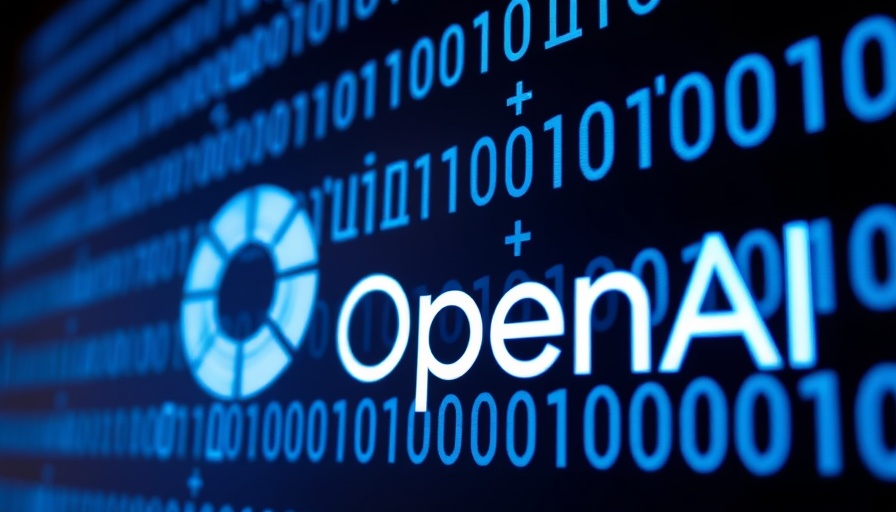
OpenAI's Groundbreaking Release: Codex Redefines AI in Coding
On May 16, 2025, OpenAI made headlines with the launch of Codex, its most advanced AI coding agent integrated within ChatGPT. Dubbed codex-1, this powerful tool is fine-tuned specifically for coding tasks, promising to revolutionize how developers approach software engineering.
Understanding Codex: Features and Capabilities
Codex stands out with its ability to write cleaner, more accurate code than its predecessor, o3. It utilizes an upgraded AI reasoning model optimized for programming, allowing it to follow user instructions more closely and run iterative tests until achieving successful results. Users can expect the AI to tackle a variety of programming tasks such as writing features, debugging, answering inquiries about codebases, and running tests—all within a virtualized environment. This speeds up the development process and frees developers to focus on more complex problems.
Integration with GitHub: A Game Changer for Developers
By integrating with GitHub, Codex can access users’ existing code repositories, delivering a seamless working experience. This synergy enables the AI to make modifications or enhancements based on the developer's previous work, streamlining the task management and maintenance of complex coding projects.
AI's Impact on Software Engineering: Trends and Statistics
The rise of AI tools like Codex signals a shift in the tech industry. Companies like Google and Microsoft are reportedly attributing around 30% of their coding efforts to AI technologies. The recent developments reflect an overwhelming trend where AI is increasingly viewed as an essential component in programming.
The Competitive Landscape: OpenAI Joins the Fray
With Codex's launch, OpenAI enters a competitive market full of AI coding tools. Cursor, one of the leading platforms, has recently reported impressive revenues of around $300 million, indicating a lucrative market opportunity for AI coding solutions. Furthermore, OpenAI's acquisition of Windsurf, another AI coding tool developer, demonstrates its ambition to solidify its position in this fast-evolving sector.
Looking Ahead: Future of AI in Software Development
As Codex rolls out to users of ChatGPT Pro, Enterprise, and Team, its long-term impact remains to be seen. OpenAI plans to expand the tool’s access in the near future to more users.
This new chapter in programming tools raises critical questions about the future capabilities of AI in shaping software development workflows. As the tools become more sophisticated, will human developers become less essential or will they evolve to work harmoniously alongside AI enhancements?
Broader Implications: Why It Matters to Tech Industry News
The emergence of Codex encapsulates a pivotal shift in the production of software. For tech enthusiasts and industry professionals, understanding these changes can inform strategic decisions about future investments, coding practices, and technological adoption.
In a rapidly evolving tech landscape, staying informed about developments like OpenAI’s Codex is crucial. As AI continues to reshape industries, it is essential for businesses, developers, and tech aficionados to explore how such tools can enhance productivity and innovation.
Final Thoughts: Embrace the AI Revolution in Coding
As artificial intelligence tools improve, developers must adapt to these changes and harness the potential of AI to improve efficiency in their coding processes. The future is bright for those who embrace these advancements.
 Add Row
Add Row  Add
Add 



Write A Comment